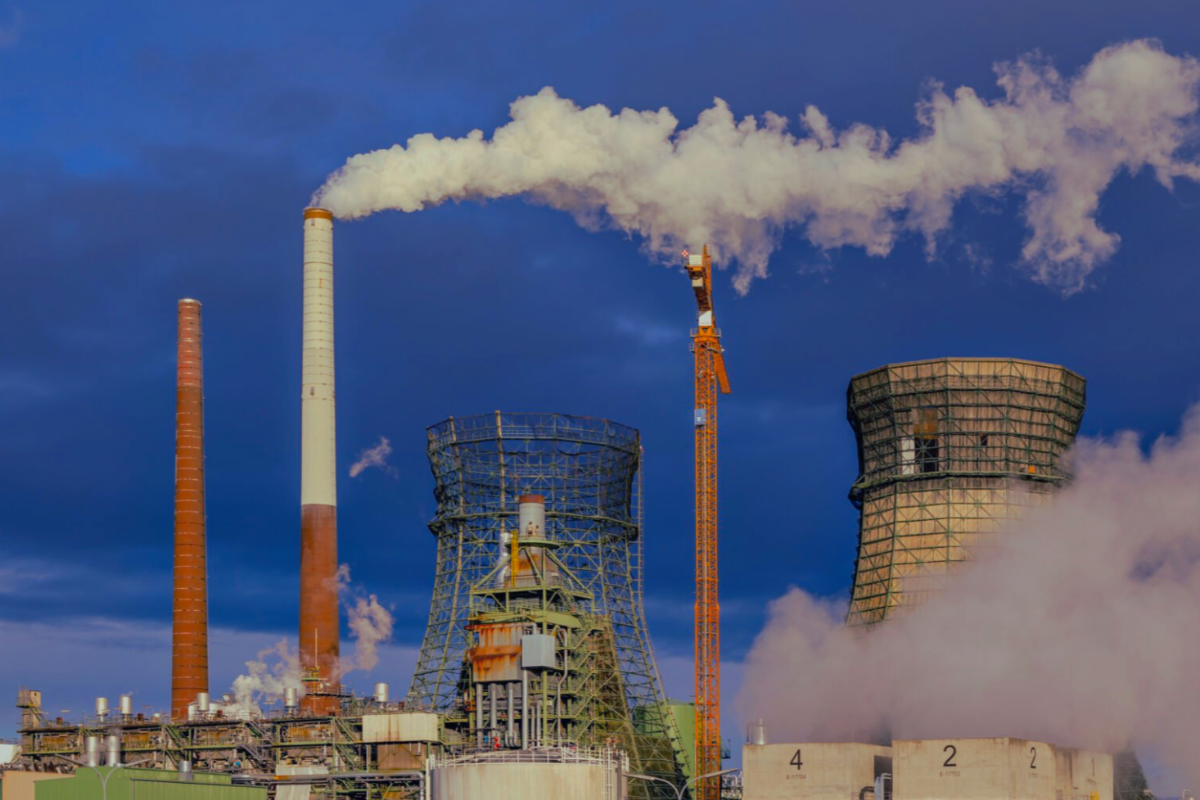Fueling China's EV Expansion: The Green Revolution
Chinese state media hailed electric vehicle exports as a sign of friendship and collaboration between China and Central Asia.

This article was written by Shahida Yakub and the Global Climate Justice Fellowship. It originally appeared on Global Voices.
China's burgeoning electric vehicle (EV) industry is making significant inroads into Central Asia, a region historically reliant on traditional automotive technologies and fossil fuels. During a recent visit to Tajikistan in July, Chinese leader Xi Jinping emphasized the need for collaboration on green energy cars. Two of China’s biggest EV companies, Xpeng and Li Auto, recently announced plans to focus on emerging markets in Central Asia and the Middle East. Chinese state media hailed electric vehicle exports as a sign of friendship and collaboration between China and Central Asia.
However, experts caution that China’s EV expansion may come with some short-term environmental costs, particularly in Central Asia. This region is rich in minerals critical for EV production but heavily reliant on fossil fuels for its own energy consumption.
Central Asia's energy landscape: Reliance on fossil fuels
China is at the forefront of the global transition to electric vehicles (EVs) largely because it has spent decades investing in and building up its talent, production capacity, and infrastructure in the green technology field. Its comprehensive approach includes robust manufacturing capabilities, significant investments in battery technology, extensive training and education, and substantial government support.
This steady investment has created something of an overcapacity issue, as numerousinternational researchers and economists say China's green technology output level and capacity outpace global demand. Chinese officials and state-run media outletsstaunchly deny these claims, calling them “slander.” Nonetheless, in seeking consumers for its green energy and technology products, China is increasingly turning to foreign markets. This approach has been quite successful as, despite high tariffs imposed by the US and Europe aimed at curbing its EV expansion, China now accounts for close to 60 percent of all new EVs sold worldwide.
Read more: As electric vehicles gain momentum in Brazil, China's influence shines through
While EVs are becoming an attractive option for clean transport worldwide, their environmental impact might be uneven within Central Asia, a region where energy consumption is dominated by fossil fuels, particularly in Kazakhstan and Uzbekistan. In 2021, coal produced 67 percent of energy in Kazakhstan. In Uzbekistan, production of coal has also increased in the last two years by up to 40 percent.
“(Chinese EVs) are affordable. They reduce demand for oil products, a share of which are imported from Russia, and they are the future trend,” Laurent Ruseckas, an analyst with S&P Global Commodity Insights, told Global Voices. “But In the short term, they are less helpful for reducing carbon emissions than one might think. The power grid in Central Asia is very far from decarbonized.” For example, Kazakhstan has the cheapest coal in the world and despite the Kazakh government setting up its goals of transformation to green energy, like other Central Asian countries, moving to low carbon technologies requires significant investments.
Regional collaboration on EVs
Kazakhstan and Uzbekistan have become regional hubs for Chinese EVs. As China’s biggest trading partner in Central Asia, Kazakhstan has pledged to increase collaboration on EVs and critical minerals. For Uzbekistan, China’s leading EV company BYD began producing new energy vehicles in an Uzbek factory, marking the establishment of its first factory in Central Asia. BYD has ambitious plans to increase its production in Uzbekistan to 500,000 cars a year.
The BYD Song Plus EV. One of the region's most popular electric vehicles. Image from Wikipedia, license CC BY-SA 4.0.
Despite the increasing popularity of EVs, in Kazakhstan, the share of EVs as opposed to gas/diesel-based cars is only 0.11 percent. Thus far, Uzbekistan is the leader of EVs in the region, where EVs make up 5.7 percent of the total vehicular landscape.
While some are concerned that the widespread adoption of EVs will increase electricity demand, potentially leading to increased emissions — particularly as much of the region's electricity is currently generated from coal — numerous studies and reports have debunked this fear.
Studies by the University of Cambridge in the UK and Nijmegen in the Netherlands show that electric vehicles are still more environmentally friendly than gas cars in 95 percent of the world, even when their power comes primarily from coal. However, the benefits of an EV transition could be blunted in a coal-based power grid unless a nation's green energy capacity is simultaneously expanded.
To bolster this green transition, Uzbekistan has committed to producing 30 percent of its electricity from solar energy, with plans to build solar and wind electric stations with a capacity of eight gigawatts by 2030, aided by foreign investors. However, this green grid development is already facing some hurdles, as Western investors are hesitant to invest in Uzbekistan due to a lack of rule of law and protection of investments, according to people close to the Uzbek foreign investment environment who spoke to Global Voices on condition of anonymity.
Increased demand for minerals due to EV expansion
In addition to selling EVs to Central Asia, China is also tapping into the region’s rich mineral resources to fulfil its demand for nickel, cobalt and lithium, which are all critical minerals in the manufacturing of batteries for electric vehicles. Kazakhstan, for example, has seen significant Chinese investment in mining infrastructure to supply EV production and battery manufacturing needs.
During his recent visit to Kazakhstan in July, Chinese leader Xi Jinping pledged to cultivate growth and cooperation in areas including renewable energy and critical minerals. Last year, Kazakhstan agreed to collaborate with China's leading metal producer, Zijin Mining Group, to improve its mining technology.
Aside from lithium, Kazakhstan is also rich in copper, an essential mineral in EV batteries. Kazakhstan is among the top 15 countries globally for copper production and reserves. Last year, China and Kazakhstan signed a memorandum to collaborate on clean energy in Zhezkazgan, the most important copper mining town in Kazakhstan.
This mining further complicates Kazakhstan's green energy transition, as mining activities can take a significant environmental toll and also negatively affect the healthand quality of life for workers and those in the surrounding regions.
For decades, Zhezkazgan has seen environmental degradation and poor health among residents due to reliance on copper mining. Zhezkazgan’s overall mortality rates from cancer and respiratory diseases are much higher than the national average of Kazakhstan. And new Chinese investments in Zhezkazgan’s copper industry are unlikely to address residents’ concerns over water and air safety, or poor working conditions, according to Yipeng Zhou, who studies the history of mining in Central Eurasia.
Reducing the region's carbon footprint and pivoting to clean energy requires scaling up of EV deployment, a market dominated by China. However, the expansion of Chinese EVs also puts a strain on mineral resources in Central Asia where mining practices have put the local environment and residents’ health at risk.
Fueling China's EV expansion: The green revolution and its environmental demands in Central Asia
By Shahida Yakub, Global Climate Justice Fellowship
Licensed under Creative Commons Attribution 3.0 Unported (CC BY 3.0)
https://creativecommons.org/licenses/by/3.0/
This article has been adapted from the original work, with changes made to formatting, title and images.




